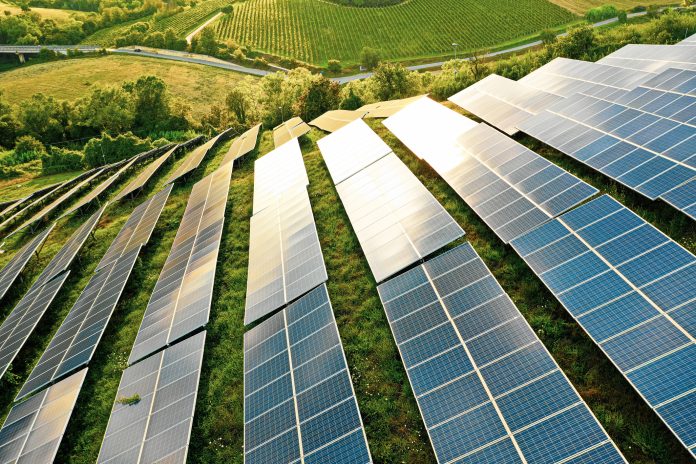In a groundbreaking development, researchers at Julius-Maximilians-Universität (JMU) Würzburg have unveiled a pioneering light-harvesting system that promises to reshape the landscape of solar energy technology
Inspired by the complex antennae found in plants and bacteria, this new system helps towards maximising the efficiency of converting sunlight into usable energy.
Unlike traditional solar technologies, which often compromise between spectral absorption and efficiency, the JMU team’s innovation achieves a remarkable balance. Led by Professor Frank Würthner from the Institute of Organic Chemistry, their system combines the best attributes of organic dyes with a novel structural design. “Our system has a band structure similar to that of inorganic semiconductors. This means that it absorbs light panchromatically across the entire visible range,” explains Professor Würthner.
The URPB and how it works
Named URPB after the wavelengths it absorbs, Ultraviolet, Red, Purple, and Blue, the system integrates four distinct merocyanine dyes in a meticulously stacked configuration. This arrangement facilitates rapid and efficient energy transfer within the antenna, mimicking the natural processes seen in photosynthetic organisms.
One of the key advantages of the URPB system lies in its ability to absorb a significant amount of light energy in a thin layer, approximately 100 nanometers thick. This feature stands in stark contrast to conventional silicon-based solar cells, which require much thicker layers to achieve comparable absorption levels, resulting in bulkier and heavier panels.
To assess its performance, the researchers measured the system’s fluorescence quantum yield, a metric indicating how much absorbed light energy is converted into fluorescence. The URPB system demonstrated a conversion efficiency of 38%, significantly surpassing the mere 1-3% typically achieved by individual organic dyes.
Efficient solar energy
With global efforts intensifying to combat climate change and reduce dependence on fossil fuels, efficient solar energy capture technologies like URPB could play a pivotal role in meeting renewable energy targets. Their potential to enhance the affordability and scalability of solar power could accelerate its adoption worldwide.
As the world confronts urgent challenges related to energy security and environmental sustainability, innovations like the URPB light-harvesting system offer a beacon of hope. With further refinement and scaling, these technologies hold promise not only for revolutionising solar energy but also for shaping a cleaner, brighter future for future generations.











